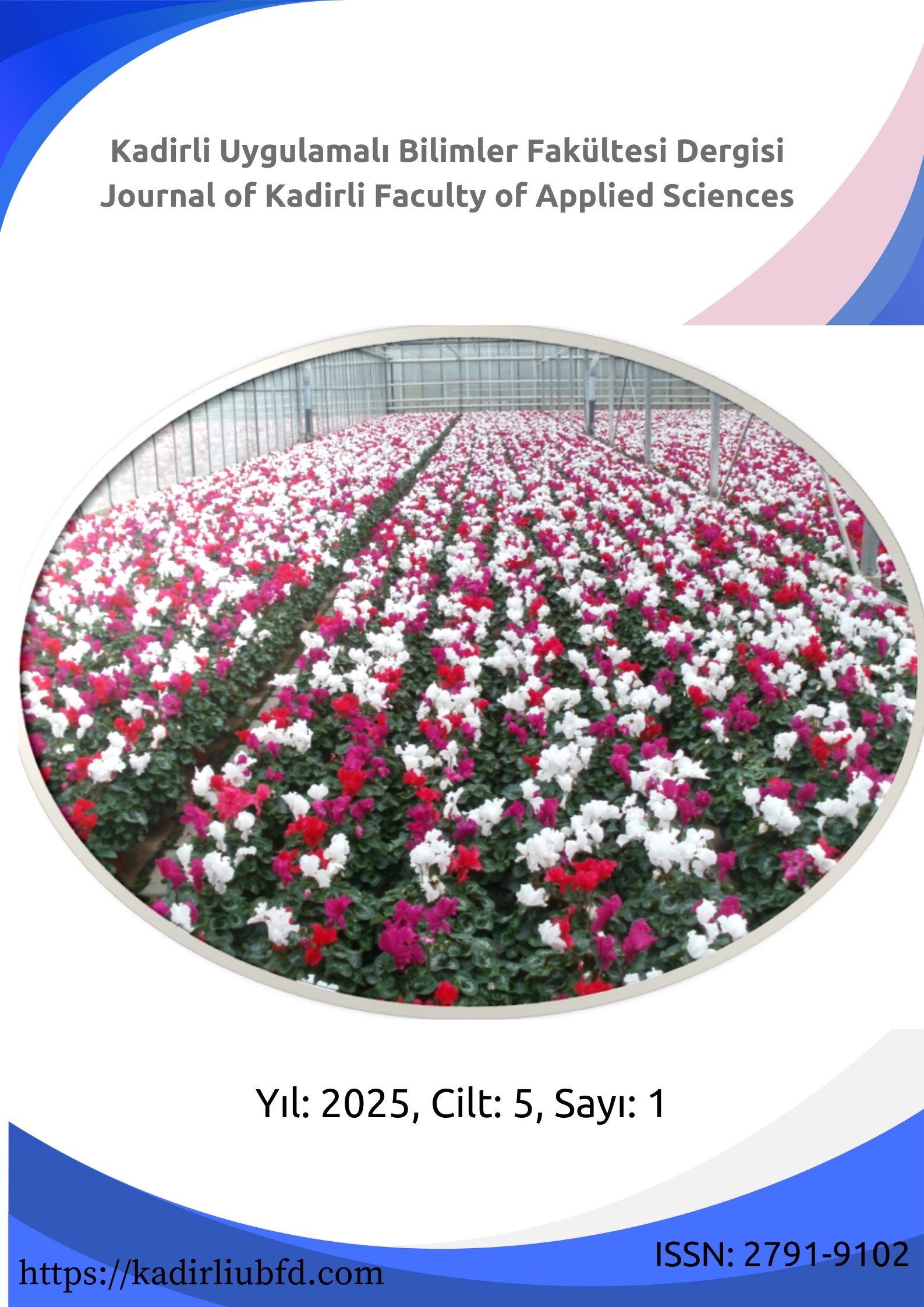The Effect of Algae on Some Quantitative Characteristics of Dwarf and Normal Periwinkle
Keywords:
Dwarf, Red algae, Green algae, Brown algae , PeriwinkleAbstract
Periwinkle is a shrubby or herbaceous plant that is grown and farmed in the tropics. Seaweed contains a high concentration of salts and mineral compounds, which meet plant nutritional requirements and play an essential role in soil fertility. In this study, the addition of algae in the growth medium was found to be an effective factor in boosting the quality and quantity of two species, Periwinkle Rosea and Burgundy, using a factorial design with three replications. The studies were carried out at the greenhouse of Persian Gulf University's College of Agriculture and Natural Resources in Borazjan, Iran's Bushehr Province. Green, red, and brown algae were created at volume levels of 0, 10, 25, 35, and 50% for this investigation. A few traits were documented, including the number of leaves, stem height, root length, total weight of plants with wet basis (WW) and dry basis (WD). Periwinkle flowers cultivated in the substrate with 50% green algae and 10% red algae had the maximum concentration; for brown algae, dwarf periwinkles had a 25% concentration, while normal periwinkles had a 35% concentration. The substrate with no algae has the most lateral branches of any of the three forms of algae. The substrate with 50% green algae, 35% brown algae, and 10% red algae produced the high amounts of height of periwinkle, root length, number of leaves, total Periwinkle plant weight with wet (WW) and dry (WD) basis.
Downloads
Published
How to Cite
Issue
Section
License
Copyright (c) 2025 Kadirli Uygulamalı Bilimler Fakültesi Dergisi

This work is licensed under a Creative Commons Attribution-NonCommercial-ShareAlike 4.0 International License.





